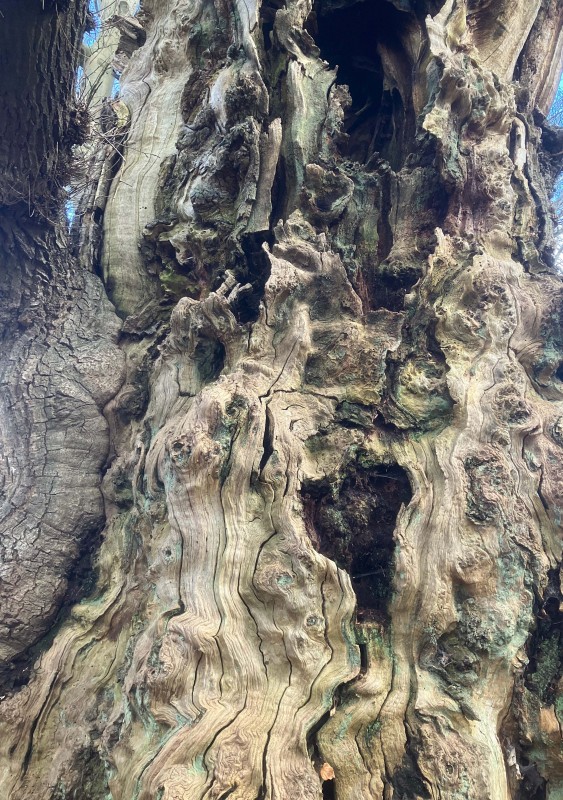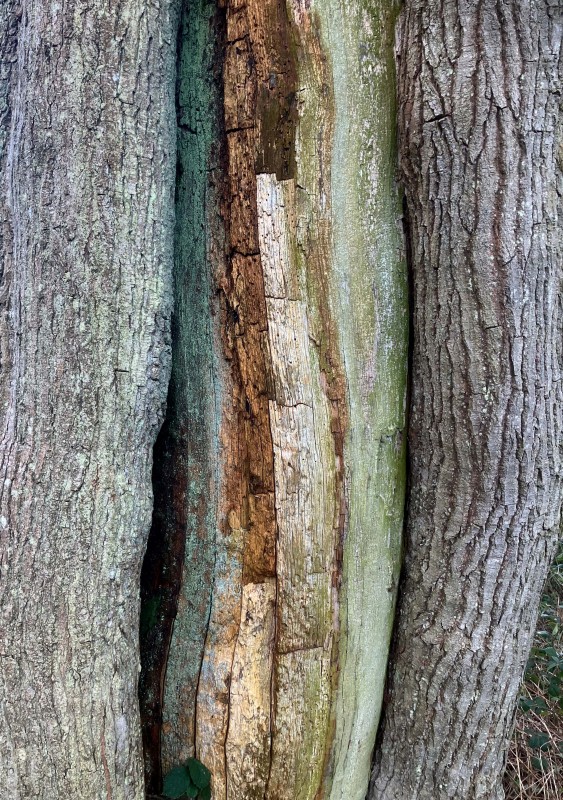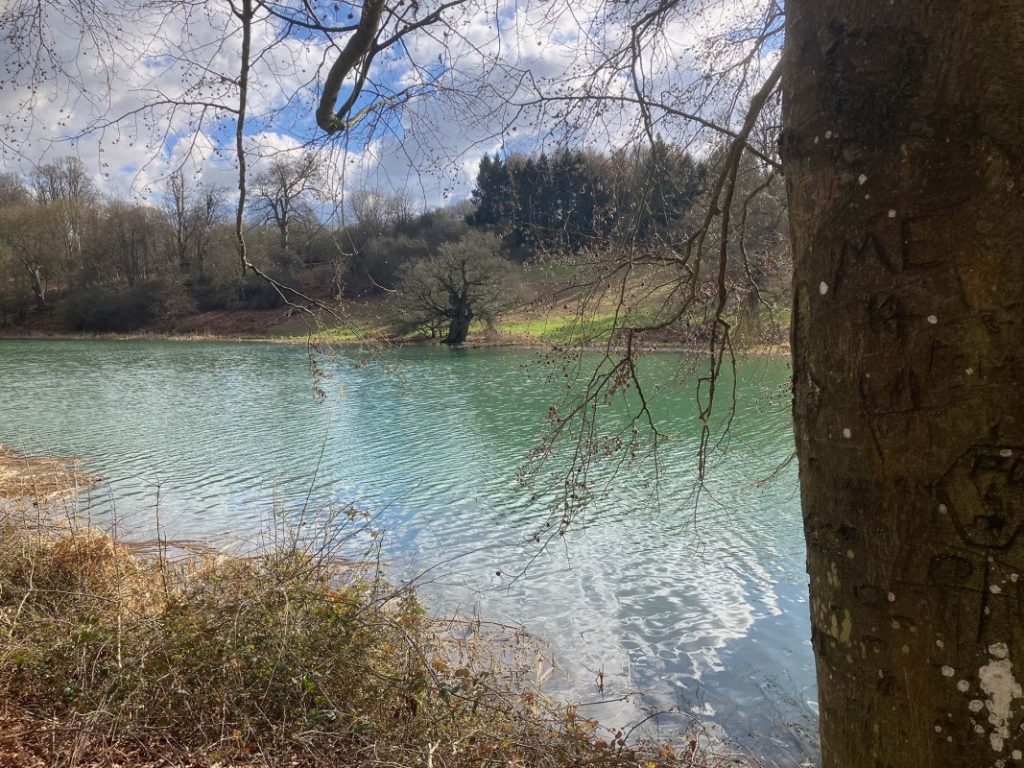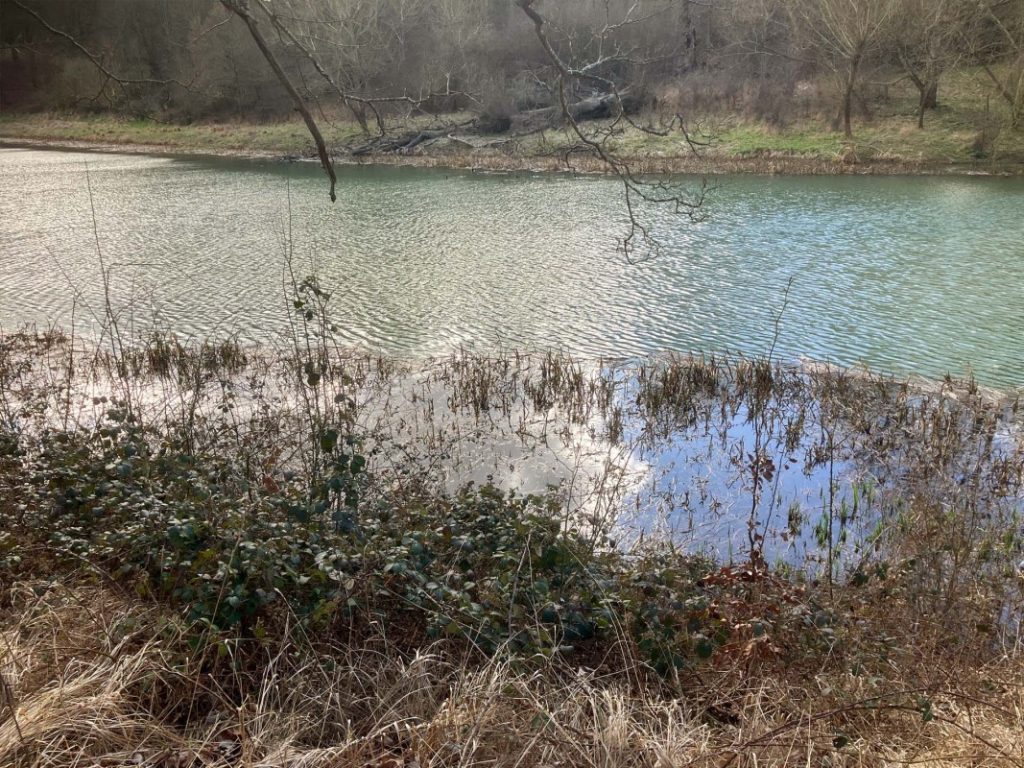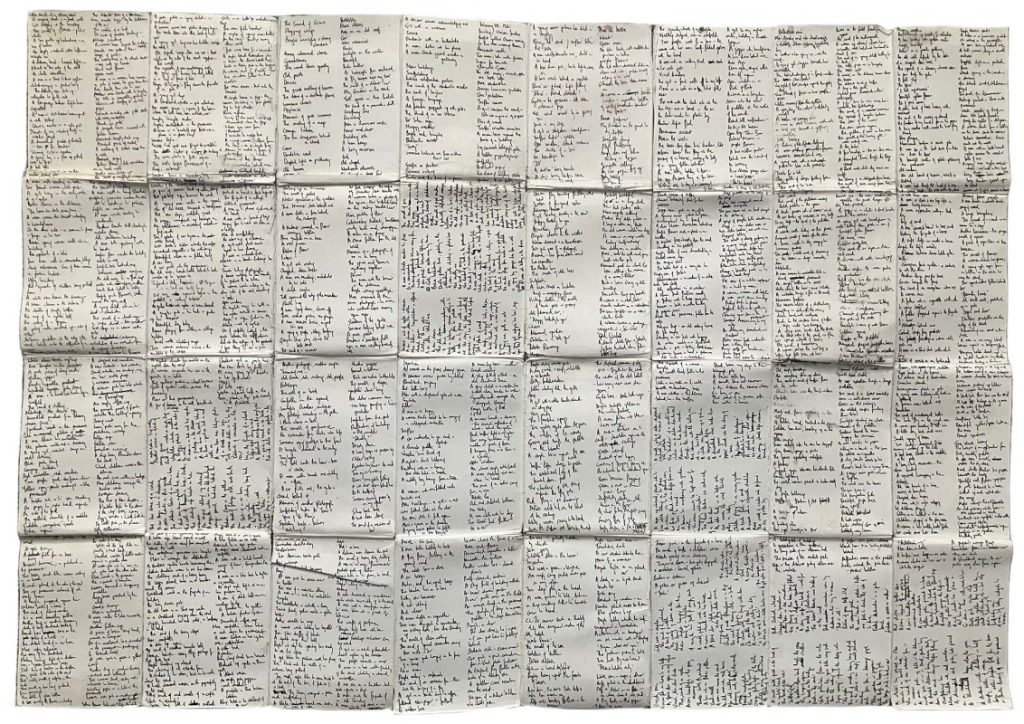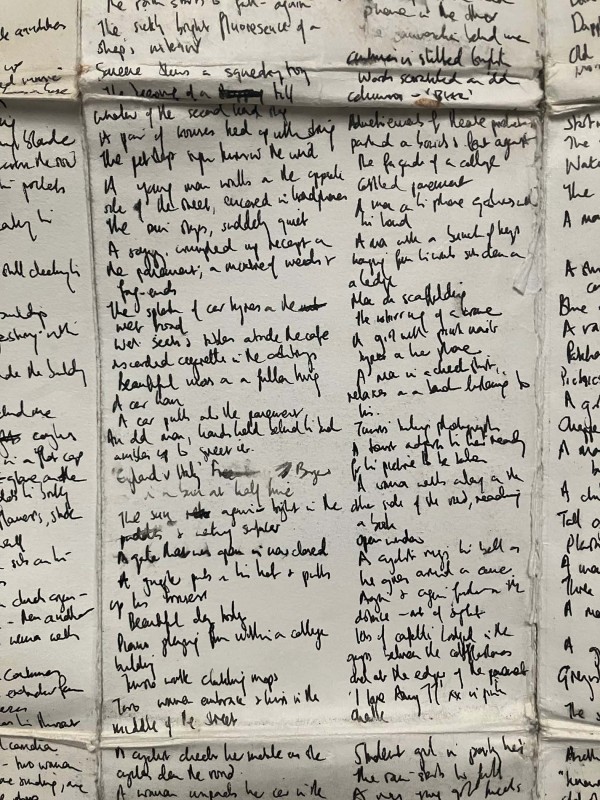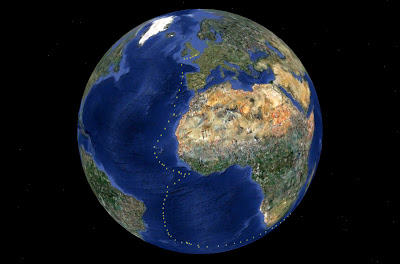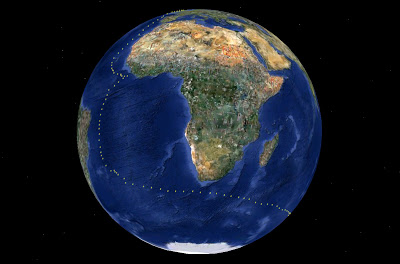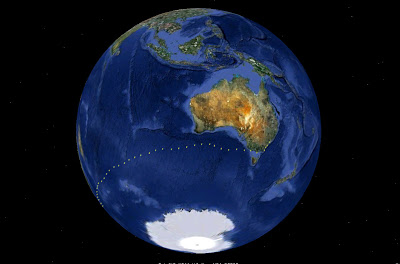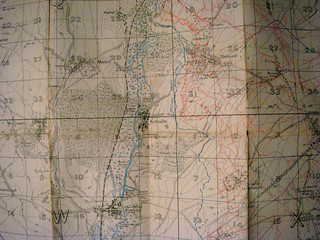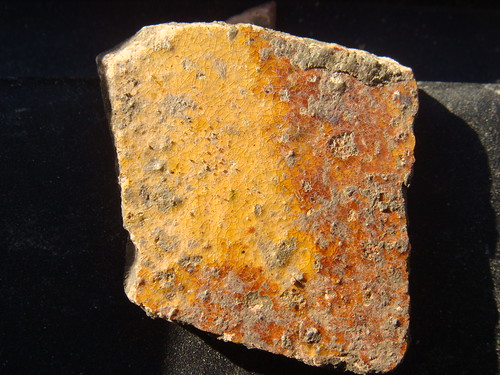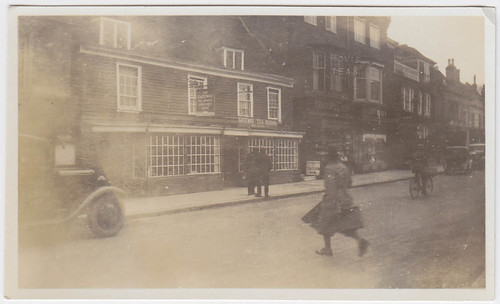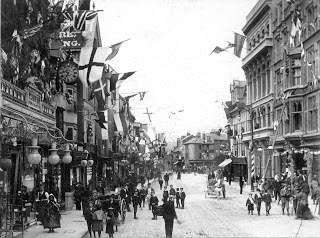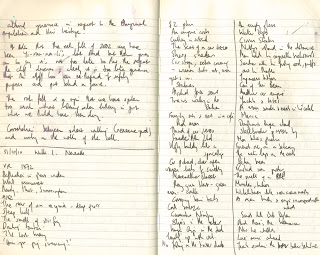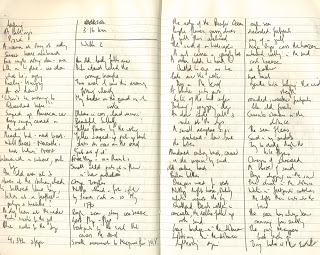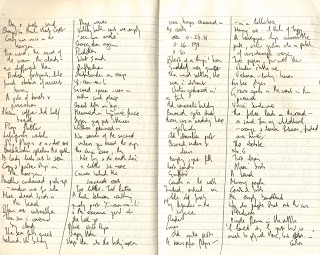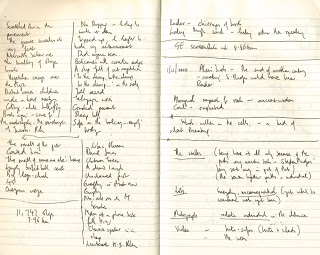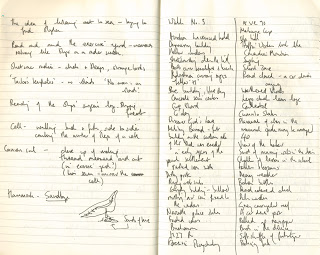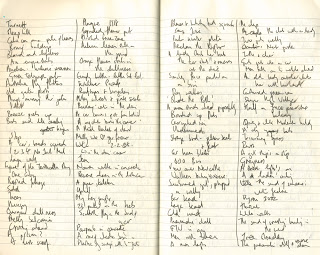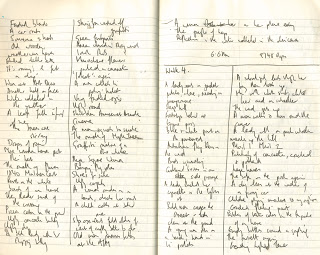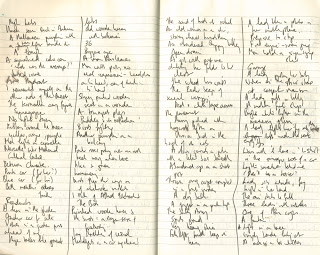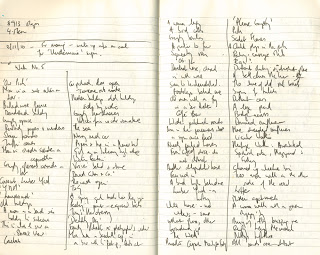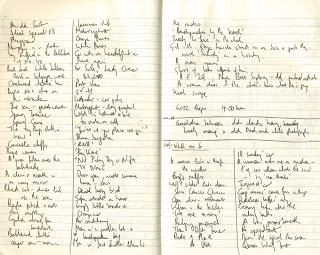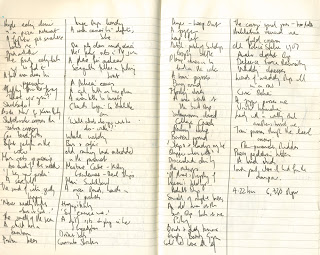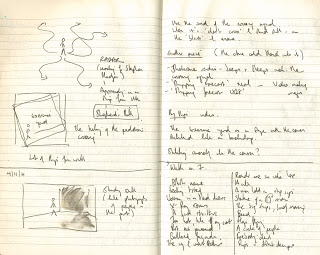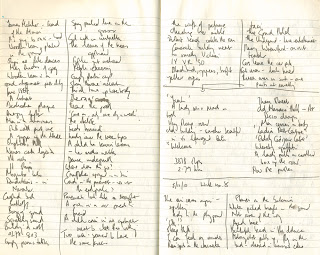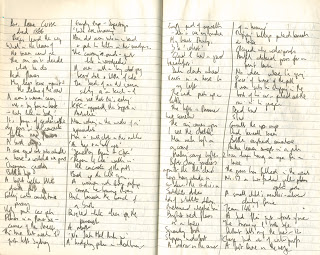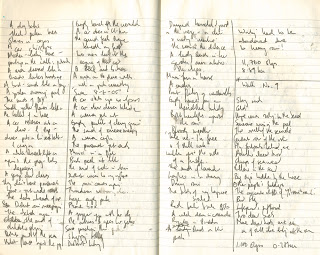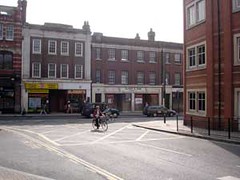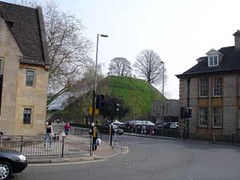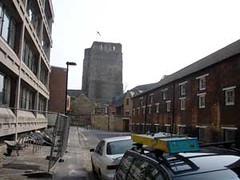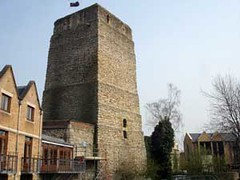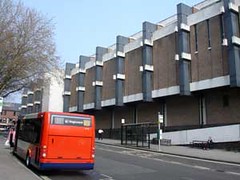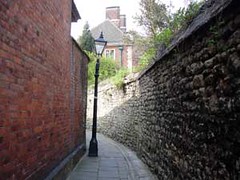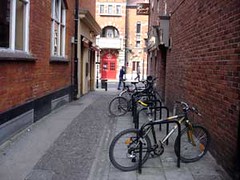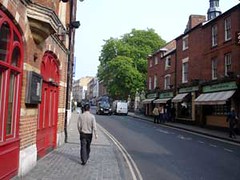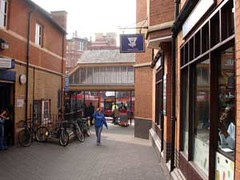Blenheim Palace Park
I discovered this walk with my children at the weekend and so I returned today to do another walk, incorporating within that a walking meditation.
The idea of a walking meditation is to try and remain fully in the present, taking in everything that you see while not letting your mind wander. When you’re dealing with a difficult issue in your life and it’s one which seems to stop you thinking of anything else, then it’s a good way to let your mind breathe. It’s not a quick fix of course, but bit by bit, it should help reset your thoughts; especially if they are prone to going round and round a question that’s quite impossible to answer.
The list below comprises the things I noticed and chose to write down. There’s no particular reason why I chose these particular observations.
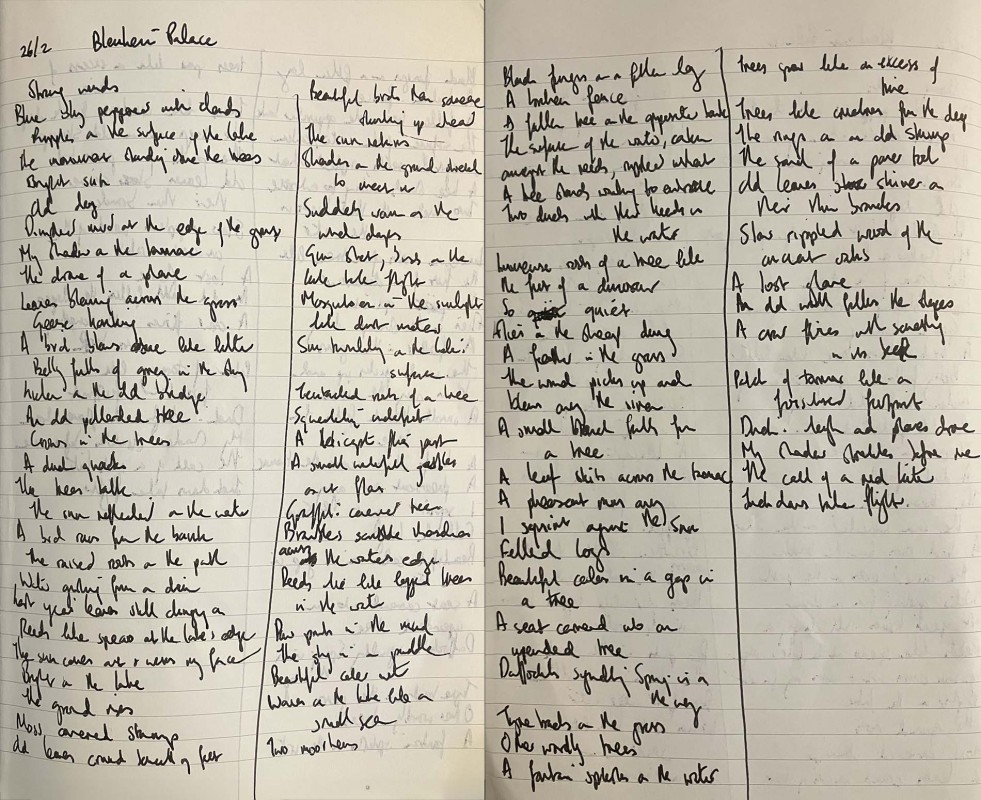
Strong winds
Blue sky peppered with clouds
Ripples on the surface of the lake
The monument standing above the trees
Bright sun
Old dog
Dimpled mud at the edge of the grass
My shadow on the tarmac
The drone of a plane
Leaves blowing across the grass
Geese honking
A bird blows above like litter
Belly fulls of grey in the sky
Lichen on the old bridge
An old pollarded tree
Crows in the trees
A duck quacks
The trees talk
The sun reflected on the water
A bird runs from the bank
The raised roots on the path
Water gushing from a drain
Last year’s leaves still clinging on
Reeds like spears at the lake’s edge
The sun comes out and warms my face
Bright on the lake
The ground rises
Moss covered stump
Old leaves crunch beneath my feet
Beautiful birds then someone shouts up ahead
The sun returns
Shadows on the ground stretch to meet it
Suddenly warm as the wind drops
Gun shot, birds on the lake take flight
Mosquitoes in the sunlight like dust motes
Sun twinkling on the lake’s surface
Tentacled roots of a tree
Squelching underfoot
A helicopter flies past
A small waterfall gabbles as it flows
Graffiti covered tree
Brambles scribble themselves across the water’s edge
Reeds lie like logged trees in the water
Paw prints in the mud
The sky in a puddle
Beautiful colour water
Waves on the lake like a small sea
Two moorhens
Black fungus on a fallen log
A broken fence
A fallen tree on the opposite bank
The surface of the water, calm amongst the reeds, rippled without
A tree stands waiting to embrace
Two ducks with their heads in the water
Immense roots of a tree like the foot of a dinosaur
So quiet
Flies on the sheep dung
A feather in the grass
The winds picks up and blows away the siren
A small branch falls from a tree
A leaf skits across the tarmac
A pheasant runs away
I squint against the sun
Felled logs
Beautiful colours in a gap in a tree
A seat carved from an upended tree
Daffodils signalling Spring is on the way
Tyre tracks on the grass
Otherwordly trees
A fountain splashes water
Trees grow like an excess of time
Trees like creatures from the deep
The rings of an old stump
The sound of a power tool
Old leaves shiver on their branches
Slow rippled wood of the ancient oaks
A lost glove
An old wall follows the slopes
A crow flies with something in its beak
Patch of tarmac like a fossilised footprint
Ducks laugh ad planes drone
My shadow stretches before me
The call of a red kite
Jackdaws take flight
